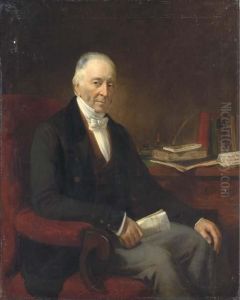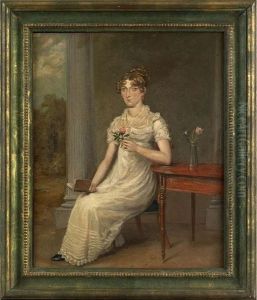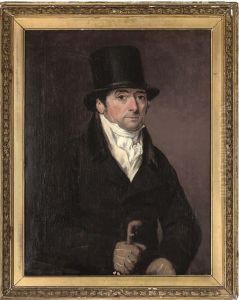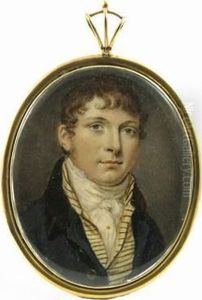Thomas Arrowsmith Paintings
Thomas Arrowsmith was an English artist known for his portrait paintings. Born in 1789, Arrowsmith's life spanned a period of significant social and artistic change in Britain. Not to be confused with John Arrowsmith, a geographer and member of the Arrowsmith family of cartographers, Thomas Arrowsmith was a portraitist who worked primarily in the early to mid-19th century.
Arrowsmith's career as an artist is less documented than some of his contemporaries, but it is known that he was active during a time when portraiture was an important genre in British art. During the late 18th and early 19th centuries, the demand for portraits grew among the British middle classes, and artists like Arrowsmith contributed to fulfilling this demand. His portraits were typically painted in oil, and they are characterized by their attention to detail and the use of light to capture the personality and status of the sitter.
Though not as famous as some of his peers, such as Sir Thomas Lawrence or Sir Joshua Reynolds, Arrowsmith's work was nonetheless appreciated in his time. He exhibited at the Royal Academy of Arts in London, a prestigious venue for artists of the era. His portraits are a valuable record of the people and fashion of his time and are held in various collections, providing insight into the cultural and social life of the period.
Thomas Arrowsmith died in 1849, leaving behind a body of work that contributes to the rich tapestry of British portrait painting. His paintings continue to be of interest to art historians and collectors, and they are occasionally displayed in exhibitions focusing on the period's art. Arrowsmith's legacy is that of a skilled portraitist who captured the likenesses of his contemporaries with a degree of sensitivity and finesse.



